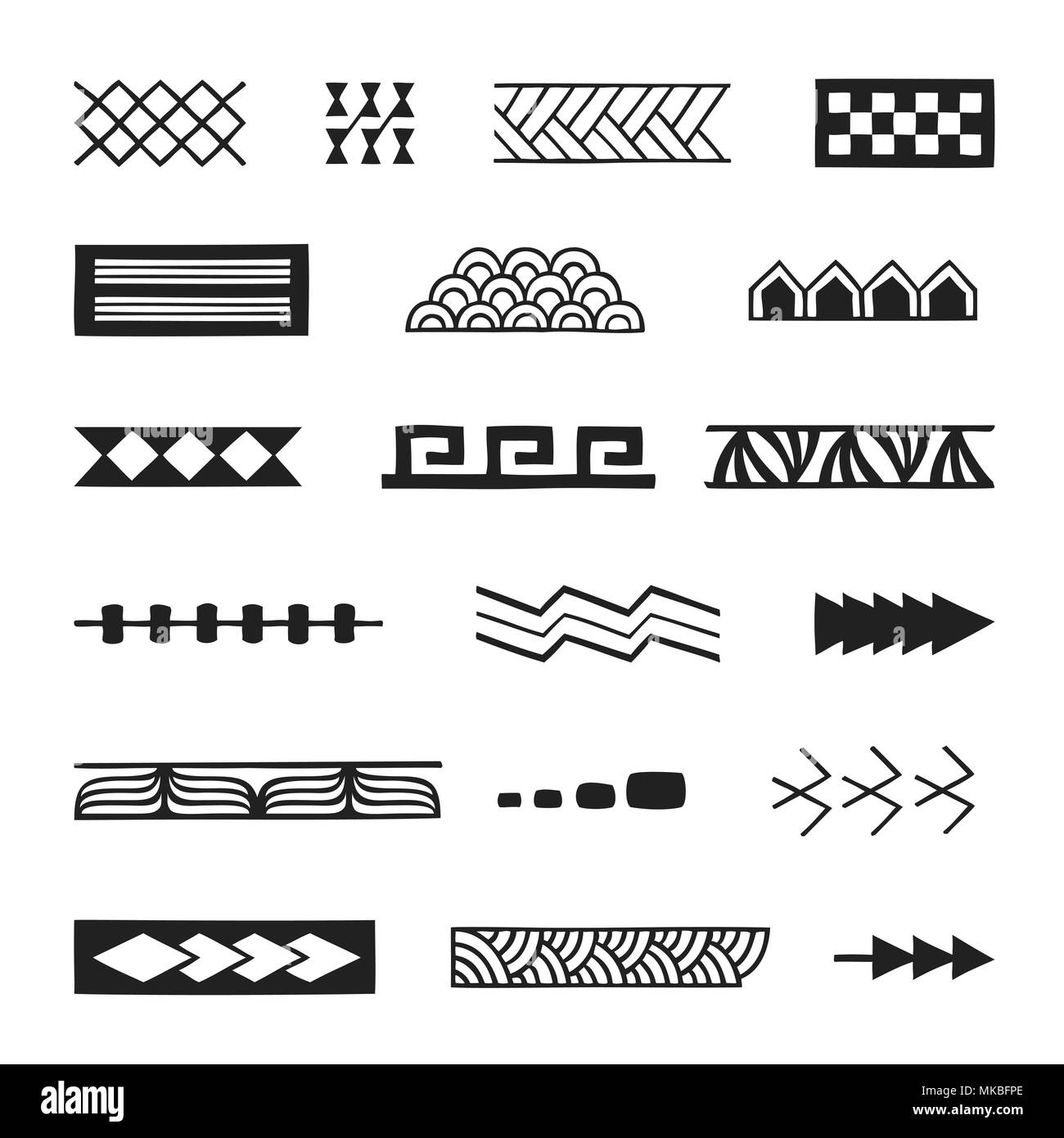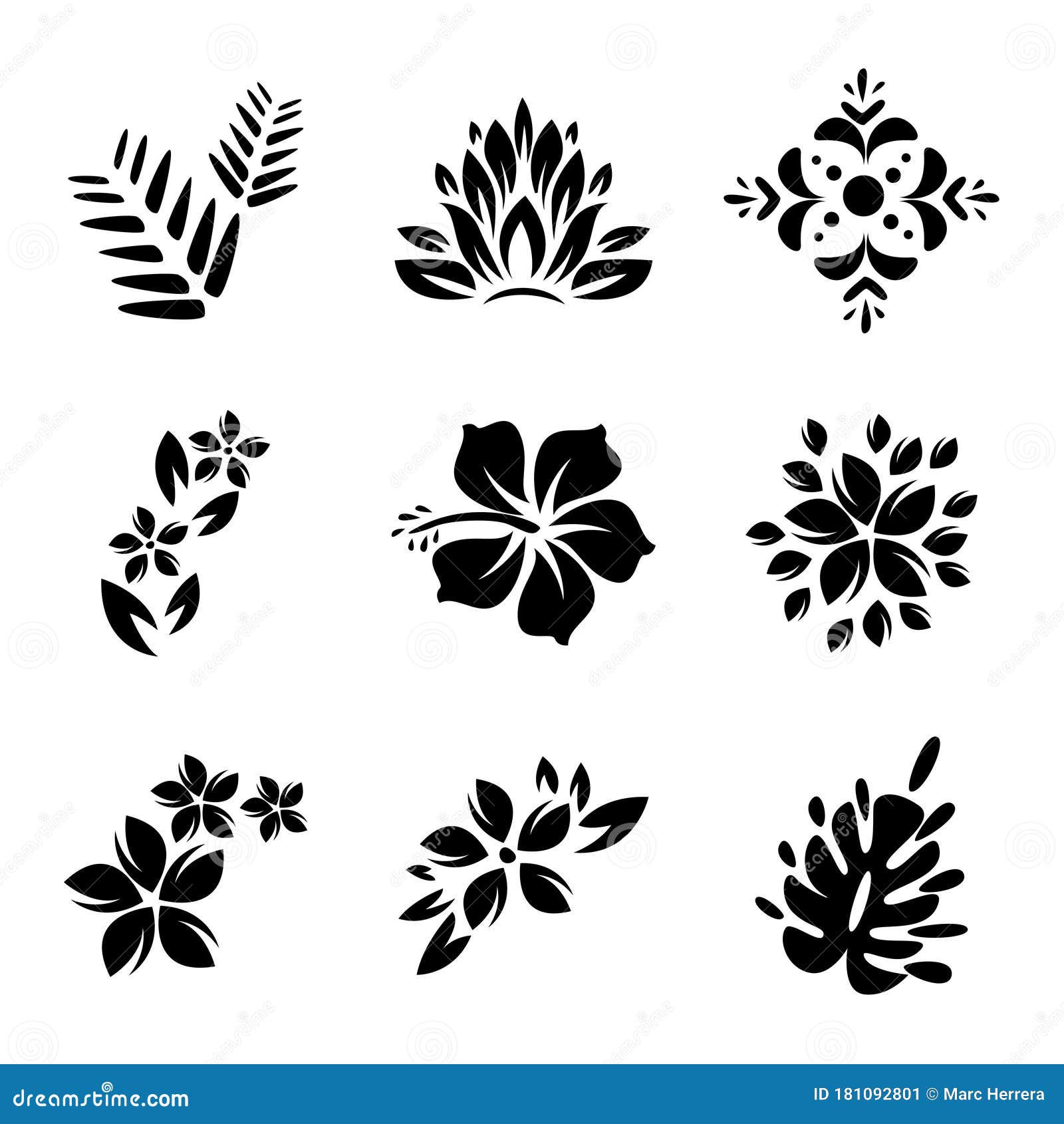Hawaiian Symbols And Meanings: Unlocking The Secrets Of Aloha
When you think about Hawaii, vibrant sunsets, golden beaches, and swaying palm trees might come to mind. But beyond the postcard-perfect scenery lies a rich tapestry of Hawaiian symbols and meanings that tell the story of this magical archipelago. These ancient symbols carry deep cultural significance and spiritual power, reflecting the values and traditions of the Hawaiian people. So, grab your lei and let's dive into the world of Hawaiian symbolism, where every mark holds a story waiting to be told.
Hawaiian symbols aren't just decorative art; they're living embodiments of the islands' history and culture. From the sacred hula movements to the intricate patterns etched into stone, each symbol tells a tale of connection—between humans, nature, and the divine. Understanding these symbols gives us a glimpse into the soul of Hawaii, revealing why it's more than just a tropical paradise.
Now, if you're ready to explore the hidden meanings behind these powerful symbols, we've got you covered. This article will take you on a journey through the most significant Hawaiian symbols, their meanings, and how they resonate with modern life. So, whether you're planning a trip to the islands or simply want to connect with Hawaiian culture, keep reading because there's so much to uncover!
- Pamela Anne Casselberry A Deep Dive Into Her Extraordinary Journey
- Ice Spice Nude The Hottest Trend You Need To Know About
Table of Contents
- The Rich History of Hawaiian Symbols
- Common Hawaiian Symbols and Their Meanings
- Spiritual Significance of Hawaiian Symbols
- Hula Dance: A Living Symbol of Hawaiian Culture
- Hawaiian Tattoos: More Than Just Ink
- Nature-Inspired Hawaiian Symbols
- Modern Use of Hawaiian Symbols
- Respecting Hawaiian Symbols in Today's World
- Hawaiian Symbols in Tourism
- Conclusion: Embracing the Power of Hawaiian Symbols
The Rich History of Hawaiian Symbols
Long before the arrival of Western explorers, the Hawaiian people developed a complex system of symbols to communicate their beliefs, traditions, and values. These symbols were passed down through generations via oral storytelling, carvings, and rituals. The Hawaiian language itself is rich with metaphorical expressions, and this poetic nature extends to their visual symbols. For instance, a simple spiral could represent growth, while a wave might symbolize change and adaptability.
In ancient Hawaii, symbols weren't just decorative—they were tools for survival and spiritual guidance. Petroglyphs carved into volcanic rock told stories of migration, battles, and celestial events. These petroglyphs served as maps, calendars, and even warnings, helping the early Hawaiians navigate their challenging environment.
Today, these ancient symbols continue to inspire contemporary Hawaiian art, jewelry, and even tattoos. They remind us of the resilience and ingenuity of the Hawaiian people, who thrived in one of the most remote places on Earth. As you'll see, Hawaiian symbols are not just relics of the past—they're living, breathing connections to a vibrant culture.
- Yasmine Albustami The Rising Star Shaping The Future Of Tech
- Tony Lopez Nude A Closer Look At The Controversy Facts And Real Story
Common Hawaiian Symbols and Their Meanings
Kākau (Tattoo Art)
One of the most iconic Hawaiian symbols is kākau, or traditional Hawaiian tattoo art. Unlike modern tattoos, kākau is deeply personal and symbolic, often representing family lineage, achievements, and spiritual protection. Each design is unique to the individual, created by a master tattoo artist called a "tattoo kahuna." The process of receiving a kākau is considered sacred, involving rituals and prayers.
Mana
Mana is another crucial concept in Hawaiian culture, referring to spiritual power or energy. It's often depicted in symbols like the turtle (honu), which represents longevity and strength. The honu is also associated with protection, making it a popular choice for jewelry and tattoos. If you ever see a Hawaiian wearing a turtle pendant, chances are it holds deep personal significance.
Lei Motif
Who doesn't love a lei? But did you know that the lei itself is a symbol of love, respect, and celebration? Traditionally made from flowers, leaves, or even shells, leis are given to mark special occasions, welcome guests, or express gratitude. The circular shape of the lei represents unity and connection, reminding us of the importance of community and relationships.
Spiritual Significance of Hawaiian Symbols
Hawaiian symbols are deeply intertwined with spirituality. The Hawaiian belief system, known as "kapu," emphasizes harmony with nature and the gods. Symbols like the pueo (owl) and the puhi (eel) are believed to be aumakua, or family guardians, offering protection and guidance. These symbols remind us of the interconnectedness of all living things and our responsibility to care for the natural world.
For example, the pueo is often seen as a symbol of wisdom and vision. In Hawaiian mythology, owls are considered messengers of the gods, helping people navigate difficult decisions. Similarly, the puhi represents transformation and adaptability, qualities essential for survival in Hawaii's dynamic environment.
Modern Hawaiians still honor these spiritual symbols in daily life, incorporating them into art, music, and even business logos. By doing so, they keep the spirit of their ancestors alive and ensure that future generations understand the importance of living in balance with the land and sea.
Hula Dance: A Living Symbol of Hawaiian Culture
Hula isn't just a dance—it's a living symbol of Hawaiian identity. Through graceful movements, intricate hand gestures, and powerful chants, hula tells stories of creation, love, and heroism. Each movement has meaning, whether it's mimicking the motion of waves or depicting the flight of birds.
The hula kahiko, or ancient hula, is especially rich in symbolism. For instance, the motion of extending both arms upward represents reaching toward the heavens, acknowledging the divine presence in all things. Meanwhile, the swaying hips symbolize the ebb and flow of life, reminding us to embrace change with grace.
Today, hula continues to evolve, blending traditional elements with modern influences. Yet, no matter how it changes, the core message remains the same: hula is a celebration of life, culture, and connection. Watching a hula performance is like stepping back in time, where every movement and sound carries a piece of Hawaiian history.
Hawaiian Tattoos: More Than Just Ink
Traditional vs. Modern Designs
Hawaiian tattoos, or kākau, have gained popularity worldwide, but their origins are rooted in tradition and spirituality. Traditional designs often feature geometric patterns, animals, and natural elements, each carrying specific meanings. Modern interpretations may incorporate brighter colors and more fluid lines, but they still honor the original intent of the tattoo: to tell a story.
Choosing Your Symbol
If you're considering getting a Hawaiian tattoo, it's essential to choose a symbol that resonates with you personally. For example, the shark tooth (niho mano) symbolizes protection and courage, making it a popular choice for those seeking strength. On the other hand, the wave pattern (honu piko) represents adaptability and resilience, perfect for someone navigating life's challenges.
Remember, Hawaiian tattoos are more than just ink—they're a commitment to honoring the culture and traditions behind them. So, take your time in selecting a design that truly speaks to your soul.
Nature-Inspired Hawaiian Symbols
Nature plays a central role in Hawaiian symbolism, with many symbols drawing inspiration from the islands' stunning landscapes. The coconut palm, for instance, is a symbol of survival and prosperity, as every part of the tree can be used for food, shelter, or tools. The hibiscus flower, Hawaii's official state flower, represents beauty and hospitality, welcoming visitors with its vibrant colors.
Water, too, holds immense significance in Hawaiian culture. The ocean is seen as both a source of life and a powerful force to be respected. Symbols like the wave pattern and the shark tooth reflect this duality, reminding us of the delicate balance between humanity and nature.
Even the stars have their place in Hawaiian symbolism. Ancient navigators used the stars to guide their canoes across vast oceans, and today, celestial symbols remind us of the courage and determination required to explore new horizons.
Modern Use of Hawaiian Symbols
In today's world, Hawaiian symbols are everywhere—from fashion to technology. Brands like Hawaiian Airlines and Kona Brewing Company incorporate traditional motifs into their logos, paying homage to the islands' rich heritage. Meanwhile, artists and designers continue to innovate, creating contemporary pieces that blend ancient symbols with modern aesthetics.
Technology has also played a role in preserving Hawaiian symbols. Apps and websites dedicated to Hawaiian language and culture allow users to learn about these symbols at their own pace. Social media platforms have become spaces for sharing knowledge and celebrating Hawaiian traditions, ensuring that these symbols remain relevant in the digital age.
However, as these symbols gain popularity, it's crucial to approach them with respect and understanding. Appropriation without acknowledgment can dilute their meaning, so it's important to educate oneself before incorporating Hawaiian symbols into daily life.
Respecting Hawaiian Symbols in Today's World
As Hawaiian symbols gain global recognition, it's vital to approach them with cultural sensitivity. This means understanding their origins, meanings, and significance to the Hawaiian people. It also means acknowledging the history of colonization and the ongoing efforts to preserve Hawaiian culture.
One way to show respect is by supporting local artisans and businesses that honor traditional practices. Purchasing authentic Hawaiian goods not only supports the economy but also helps sustain cultural traditions. Additionally, taking the time to learn about Hawaiian history and language demonstrates a genuine appreciation for the culture.
Ultimately, respecting Hawaiian symbols means recognizing their value beyond aesthetic appeal. They are windows into a rich and vibrant culture, offering lessons in harmony, resilience, and connection that we can all benefit from.
Hawaiian Symbols in Tourism
Tourism plays a significant role in promoting Hawaiian symbols, but it also poses challenges. While many visitors come to experience the islands' natural beauty and cultural heritage, there's a risk of commodifying these symbols without understanding their true meaning. To mitigate this, many tour operators now offer culturally sensitive experiences that educate visitors about Hawaiian traditions.
For example, cultural tours led by native Hawaiian guides provide insight into the significance of symbols like petroglyphs and hula. These tours emphasize the importance of respecting sacred sites and traditions, fostering a deeper connection between visitors and the land. Similarly, workshops on traditional crafts like lei-making and kapa printing give participants hands-on experience with Hawaiian art forms.
By prioritizing education and respect, the tourism industry can help preserve Hawaiian symbols for future generations. It's a delicate balance, but one that's essential for maintaining the integrity of this unique culture.
Conclusion: Embracing the Power of Hawaiian Symbols
In this journey through Hawaiian symbols and meanings, we've uncovered a world of depth and significance. From the sacred petroglyphs of ancient times to the vibrant tattoos of today, these symbols tell the story of a people deeply connected to their land, sea, and sky. They remind us of the importance of harmony, resilience, and respect in our daily lives.
So, the next time you see a Hawaiian symbol—whether it's a lei, a tattoo, or a hula performance—take a moment to reflect on its meaning. Consider the stories it tells and the lessons it offers. And if you're inspired to incorporate Hawaiian symbols into your own life, do so with gratitude and understanding.
Now, it's your turn! Share your thoughts in the comments below or explore more articles on Hawaiian culture right here. Mahalo for joining me on this journey, and remember: the spirit of aloha lives in us all!
- Tiktok Tits The Ultimate Guide To Understanding The Viral Sensation
- Sketch Leaks What You Need To Know About This Digital Design Controversy

Native Hawaiian Hawaiian Symbols And Meanings Cheap Sale

Ancient Hawaiian Symbols And Meanings

240+ Tribal Hawaiian Symbols and Meanings (2021) Traditional Tattoo